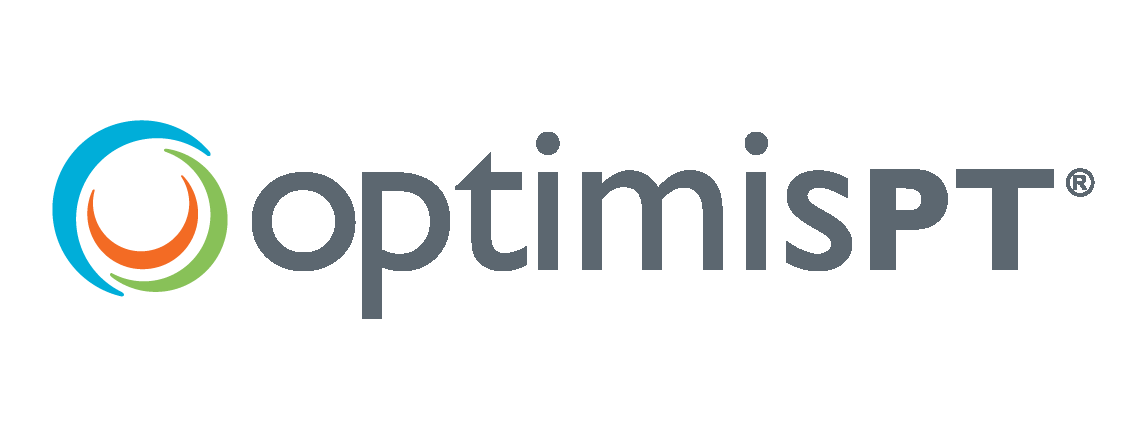Setting Effective Goals: A Guide to Quantity and Quality
Therapists frequently ask, “how many goals should I create, and am I doing it correctly?” The answer is not a one-size-fits-all solution. However, by following some guidelines, you can ensure that you meet the standards of insurance companies and your professional license. Goal setting is a critical step in customizing your intervention to meet the patient’s specific needs. During the goal creation process, it is essential to be “person-centered.” A 2001 study found that therapists who included patients in goal-setting activities believed that outcomes improved, and patients indicated that participation was important to them.
SMART Goals
To create defensible goals, remember the “SMART” acronym, which stands for Specific, Measurable, Attainable, Relevant, and Time-based. Some words are interchangeable, such as Attainable/Actionable/Achievable, and Time-based/bound. Therefore, you may see the acronym with similar words.
The goal should be specific to address a particular function. Measurable progress allows for determining when the goal has been achieved, and it’s recommended to identify and set the baseline for the patient’s current activity level. Attainable goals are ones that the client can accomplish within a reasonable timeframe. A relevant goal should be based on an activity that is essential to the patient’s daily life. A time-frame should be established that is attainable.
When creating goals, select the most important activities that the patient is having difficulty with and needs to get back to. Building the top 2-5 functional goals with the patient will ensure that you are addressing the patient’s areas of importance. You don’t need short term and long term goals for the same activity. One goal with the ability to comment on progress along the way is sufficient.
Goals in OptimisPT
Goal creation does not have to be challenging. In OptimisPT, therapists can save long-term functional goals on the fly or ahead of time to help with efficiency. The Goal Builder and Goal Templates remind you of the elements of a defensible, compliant goal that should be included. By following these guidelines, you can create patient-centered goals that meet insurance standards and professional licensing requirements. If you are not an OptimisPT subscriber and would like a demo of the functionality in our platform, please schedule a demo!




